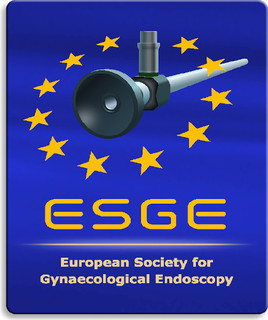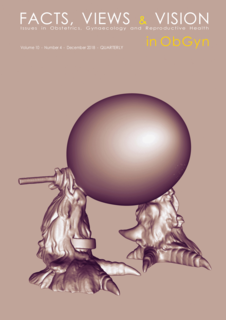Hysteroscopic tissue removal systems for the treatment of intrauterine pathology: a systematic review and meta-analysis
Myoma, Polyp, Truclear ® , Myosure ® , Hysteroscopic Shaver, System Review, Meta-analysis
Published online: Jul 24 2019
Abstract
Background: The use of mechanical tissue removal systems is more frequently implemented as the first line approach for the treatment of intrauterine pathology. Scientific evidence is provided that their use is easier and faster than the conventional resectoscope. It is necessary to objectively evaluate the results on tissue removal systems for the treatment of endometrial pathology as the reports in the literature are still conflicting.
Objective: To review and compare mechanical hysteroscopic tissue removal systems (Truclear ® , Myosure ® or IBS ® ) versus conventional bipolar and monopolar resectoscopy for the treatment of polyp and myoma removal. Operation time, completeness of tissue removal, complication rate, fluid deficit, tolerability and learning curve were evaluated.
Methods: Electronic databases PubMed; Medline and Web of Science were searched for papers published from 1st January 2010 to 1st May 2019 using terms: (“hysteroscopic” or “hysteroscopy” or “hysteroscopic surgery”) and (“myoma” or “polyps”). Studies were included if they were retrospective, observational and prospective randomized clinical controlled trials if they investigated the techniques between the tissue removal systems (Truclear ® , Myosure ® or IBS ® ) and conventional resectoscopy for the treatment of intrauterine pathology. Data were extracted from the included studies by two independent reviewers. Meta-analysis was performed by Rev Man 5 software (Cochrane Collaboration, London, UK).
Results: Overall, 498 patients were analysed from five studies in which there was no difference in age and size of pathology treated either by the hysteroscopic tissue removal systems and the conventional resectoscope. Hysteroscopic tissue removal systems showed a significantly higher success rate of complete endometrial pathology removal (P=0.002) and a significantly shorter operation time for polyp removal (P<0.0001) compared to conventional resectoscopy. No significant differences, in terms of complications rate, were found (P=0.09). The fluid deficit was significantly higher in the tissue removal system group, compared to conventional resectoscopy (P=0.02).
Conclusion: Hysteroscopic tissue removal systems showed a major advantage in successful removal of the pathology and total operation time. It is likely that the tissue removal systems are more accessible and have a lower complication profile including perforation, via falsa and bleeding due to its specific action mechanism and shorter operation time but higher-quality trials will be required to confirm this hypothesis.



